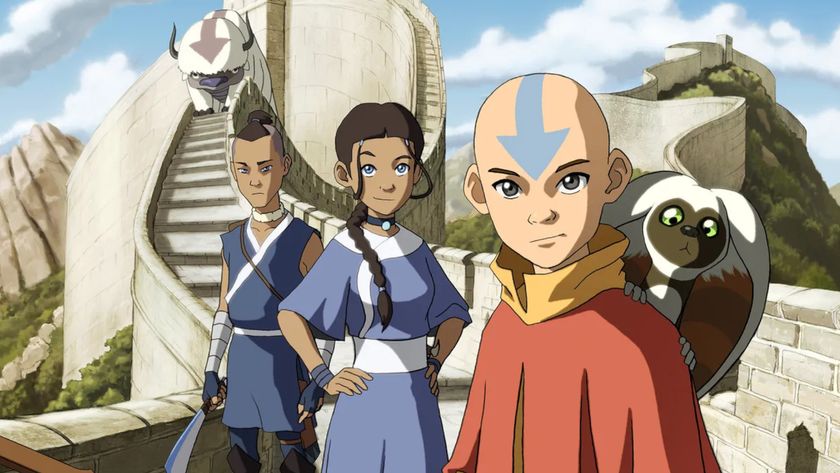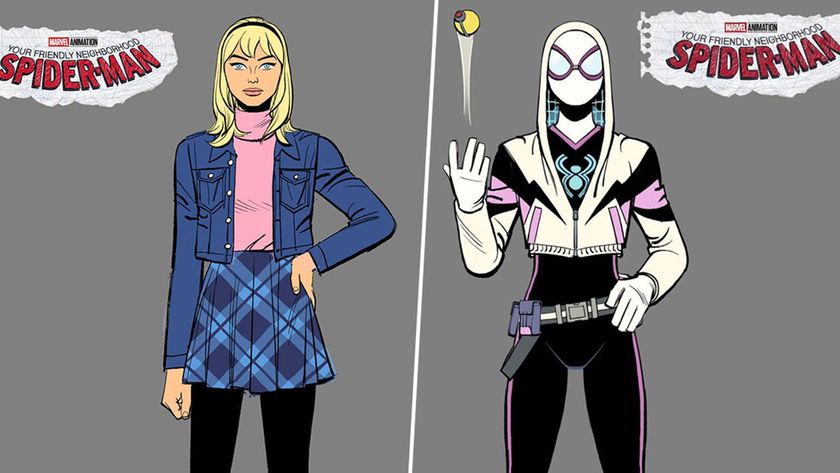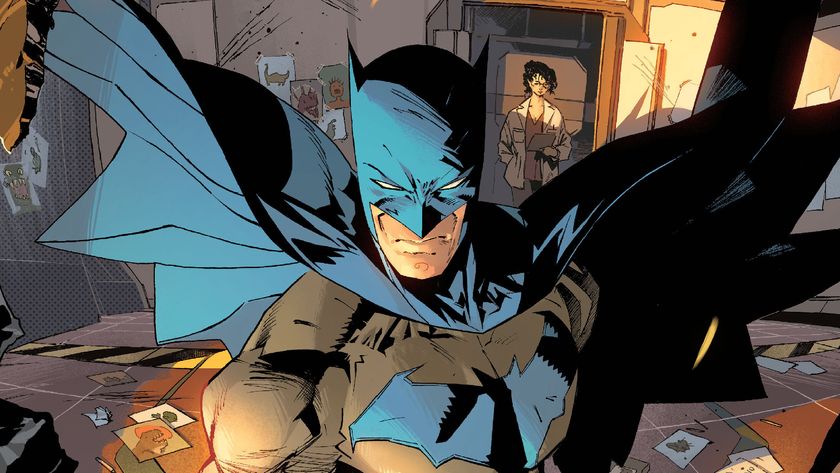PURE GOLDER Gremlins 3? Only If Theres a CGI-Limitation Clause In The Contract, Please
There are rumours it might happen. SFX.co.uk editor Dave Golder shudders at the thought of what a belated Gremlins triquel would look like in this CGI-era
One thing always bothered me about Gremlins . You shouldn’t feed them after midnight, right? Sure, okay, but when could you start feeding them again safely? I mean, technically – in my child-logic mind of the time – it was always after midnight…
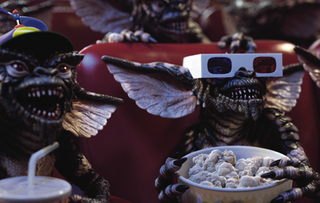
Now, suddenly, as a grown-up (I won’t say adult), I have a more fundamental problem with Gremlins . According to Vulture , Warners is in (very early) negotiations with Spielberg for a belated sequel or remake.
Excuse me for a moment while I do a Darth-Vader-at-the-end-of- Revenge Of The Sith impression.
Y’see, I loved Gremlins . I loved Gremlins 2 even more. And I would have loved a sequel… back then. But now, I’m not so sure.
It’s not so much the fact that the Vulture article mentions that Spielberg would have to be involved, but makes no mention of director Joe Dante, the man who truly was the heart and soul of Gremlins , turning would could have been a pair of okayish horror comedies into masterpieces of madcap black humour. I’d love to think he would be involved, but I’m sure there are other writers and directors around today who could at least attempt to capture the spirit of the original pair of movies, and not just take the concept and turn it into some kind of Mysterious Island or Night At The Museum romp (neither of which are appalling movies, just very generic ones).
Nor am I one of those people who thinks that franchises from the past are sacrosanct. Okay, few remakes are an improvement, but there are the odd exceptions. I’m a great believer that you can always ignore the remakes if you want – the originals still exist.
Rather, my main worry is CGI. Okay, CGI isn’t the bug bear it used to be. 3D is the new bête noire . And the best directors now know how to use CG effectively rather than over-rely on it; to let it tell the story rather than dictate the story.
Sign up to the SFX Newsletter
Get sneak previews, exclusive competitions and details of special events each month!
But CGI remains too great a temptation for many directors. You only need to look at Peter Jackson’s films. he clearly knows how to use CG to great effect, and very often uses it intelligently and effectively to produce imagery that would have been unthinkable in a pre-CG era. On the other hand, there are occasions when he uses it to excess and you end up with bloated, on-screen overload.
To me, the original Gremlins films were part of that last great hurrah for FX movies before CG kicked in, when prosthetics, make-up and animatronics had reached a pinnacle. Gremlins , along with John Carpenter’s The Thing and John Landis’s An American Werewolf In London , were near perfect, with amazing, monstrous visuals that felt – and still feel – gloriously physical. Let’s be honest – for all CG’s great improvements in photorealism in the last few years, there still hasn’t been a better werewolf transformation than the one in Landis’s film, and the monster in the remake of The Thing never felt anywhere near as genuinely freaky as Carpenter’s creation.
Don’t pin me as a CG Luddite, though. There are many film I adore since the mid-’80s that may well not even have been possible without CG. There are moments of on-screen wonder from the past 30 years that are wholly thanks to CGI. But CG shouldn’t be the panacea for all effects. And I worry that a modern Gremlins wouldn’t be financially possible without CGI.
Motion capture is superb now. No argument. The “Riddles In The Dark” scene in The Hobbit is 100% convincing. That’s not the point. I’m not worried that a new Gizmo might look as distracting and unnatural as the CG Yoda.
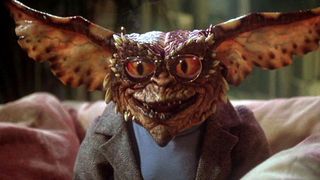
And it’s completely possible that Warners wouldn’t demand that main Gremlins characters in a new film would have to be CG. The film could be made with puppets using CG enhancement. It‘s not really how the main characters are created that worries me.
No, what really worries me is this: the whole point of the Gremlins movies is that at some point you get hordes of the blighters – e n masse Gremlins carnage and mayhem. And that’s where I see the charm and physicality of the originals losing out. Today, for reasons of costs, CGI would probably be the only solution. And those kind of CGI “crowd scenes” remain my main bug bear with CG at the moment. Sorry to have to mention Peter Jackson again, but my least favourite moments in The Hobbit were the over-the-top, video-gamey action scenes with zillions of trolls milling about. It was difficult to feel any real attachment or involvement in this scenes. They were superficially impressive but oddly cold and clinical and distancing.
And that’s the kind of scene that crucial to a Gremlins film. Using CG, I fear, would rob these scenes of the quirky visual flair they had in the original films. The Gremlins movies are comedies, after all, and a large part of comedy comes from performance, and timing, and interpretation. Animators can “perform” through their creations, sure, but can they breath individual life into hundreds of Gremlins, all on screen, simultaneously? Possibly, with a lot of time and money. It’s more likely that “crowd algorithms” will come into play. The temptation to use such number-crunching short-cuts would be impossible to resist, surely?
Unless, of course, a true visionary director comes on board and finds a whole new way to do CG crowd scenes, to give them some personality. Maybe someone from Pixar? (But not Stanton, if that ghastly over-the-top fight scene in the middle John Carter is anything to go by – I don’t have as much of a downer on that film as many people, but that fight scene is exactly the kind of “CG crowd excess” I’m on about).
What do you think? Am I being a old stick in the mud? Is CG ready to bring Gremlins back to life? Is a CG Muppets film next?

Dave is a TV and film journalist who specializes in the science fiction and fantasy genres. He's written books about film posters and post-apocalypses, alongside writing for SFX Magazine for many years.
Most Popular






